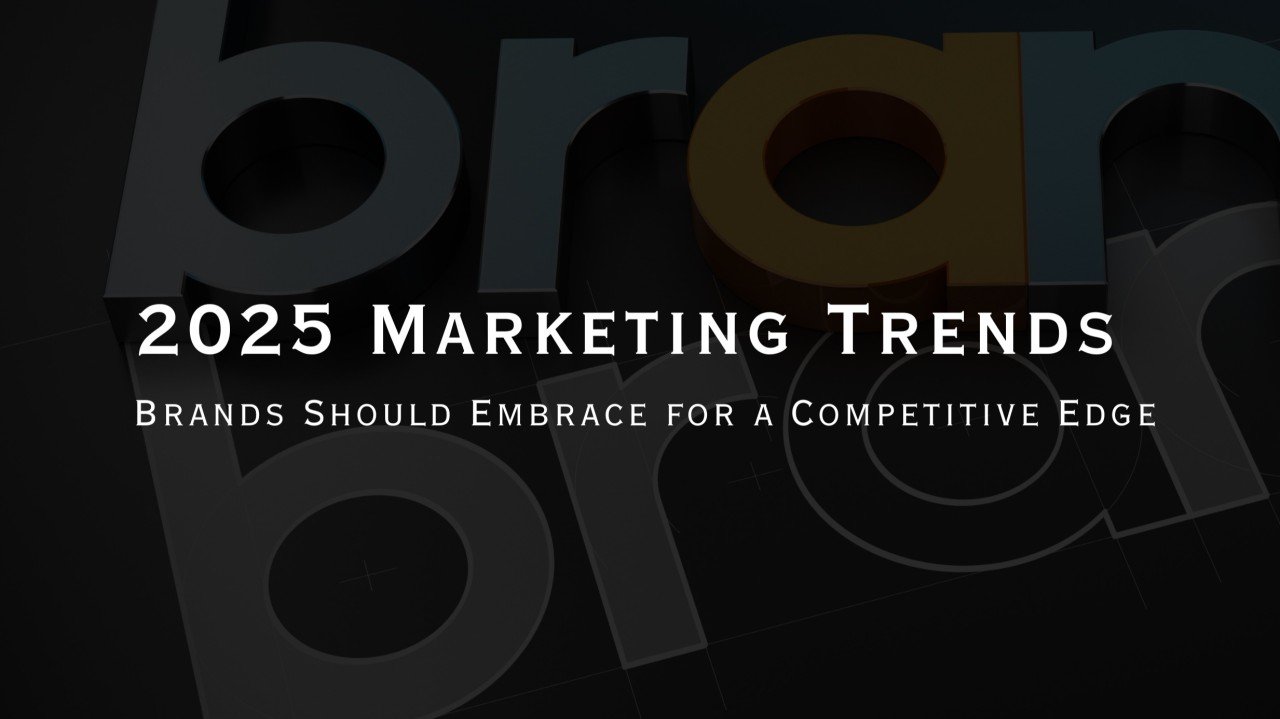Business
Could Innovative Design Be the Competitive Edge Businesses Need in 2025?

As markets become increasingly saturated and customer expectations continue to rise, innovation has become a defining factor in long-term business success. Yet, innovation today goes beyond technology — it’s also about design. From how a product looks and feels to how a website guides a user, design shapes every customer interaction. That’s why leading creative firms like Branch Boston are helping businesses harness the power of innovative design as a key differentiator in 2025 and beyond.
Design as a Strategic Advantage
Design is no longer just about aesthetics. It’s a strategic tool that influences perception, behavior, and emotion. When used thoughtfully, it communicates values, builds trust, and drives engagement. Companies that invest in innovative design often see measurable improvements — from higher conversion rates to stronger brand loyalty.
Whether it’s a physical product, a digital platform, or a marketing campaign, design is what connects vision to experience. It’s how businesses translate abstract ideas into tangible interactions that customers can see, feel, and remember. In a competitive marketplace, that connection becomes an invaluable edge.
The Evolution of Design Thinking
Design thinking has become a cornerstone of modern innovation. It encourages teams to approach challenges with empathy, creativity, and experimentation. Rather than focusing solely on what a product does, design thinking asks how it makes people feel and what problem it solves for them.
This human-centered approach has reshaped industries from healthcare to technology. By prioritizing the user experience, companies are developing solutions that are not only functional but also meaningful. In 2025, this mindset continues to guide forward-thinking brands as they adapt to changing consumer expectations.
Digital Experiences That Define Brands
In a world where first impressions often happen online, digital design plays a central role in shaping brand perception. A website’s layout, navigation, and visual language can determine whether a visitor stays or leaves within seconds. Great design doesn’t just look appealing — it guides users intuitively and reinforces the brand’s personality.
Businesses are increasingly investing in design systems that ensure consistency across web, mobile, and social channels. These systems combine strategy, creativity, and technology to create experiences that feel seamless. As emerging technologies like AI-driven personalization evolve, digital design will continue to shape how brands interact with audiences in deeper, more dynamic ways.
Innovation Through Visual Storytelling
Storytelling has always been central to brand communication, but innovative design takes it to a new level. Motion graphics, interactive visuals, and immersive experiences are changing how brands tell their stories. The combination of narrative and design makes messages more memorable and emotionally engaging.
For example, interactive landing pages that evolve as users scroll or data visualizations that simplify complex information make content both useful and captivating. These experiences blend creativity and functionality — proving that design innovation isn’t just about appearance, but about making information more accessible and impactful.
Designing for Sustainability and Ethics
Modern consumers care deeply about sustainability, transparency, and social responsibility. Innovative design reflects these values through material choices, digital efficiency, and inclusive practices. Brands that design with purpose — reducing waste, ensuring accessibility, and representing diverse voices — earn greater trust and loyalty.
From eco-friendly packaging to carbon-neutral websites, sustainability has become a design principle as much as a business goal. The most innovative companies use design not only to attract attention but to make a positive difference in the world.
The Role of AI and Automation in Design
Artificial intelligence is transforming how creative teams operate. Automation can now handle repetitive design tasks, allowing designers to focus on strategy and innovation. Tools powered by AI assist in generating layouts, analyzing user behavior, and predicting design performance based on real data.
However, AI can’t replace the human touch. While it enhances efficiency, the creative intuition behind great design remains uniquely human. The balance between data-driven insights and emotional intelligence will define the next era of innovation in design.
Cross-Disciplinary Collaboration Fuels Innovation
Design doesn’t exist in isolation — it thrives through collaboration. The most successful campaigns and products often emerge from teams that merge creative, technical, and strategic expertise. Designers, developers, marketers, and data analysts working together can turn an idea into a fully realized experience.
This cross-disciplinary approach leads to designs that are both visually compelling and operationally effective. It bridges the gap between imagination and implementation, ensuring that creativity aligns with business goals and user needs.
Adapting Design to Future Trends
Trends in design evolve rapidly. In 2025, we’re seeing a growing emphasis on personalization, motion design, minimalism, and immersive interfaces. Brands that embrace these trends thoughtfully — without losing sight of authenticity — can connect with modern audiences in powerful ways.
At the same time, the future of design isn’t just about following trends; it’s about setting them. Companies that encourage experimentation and continuous learning stay ahead of the curve, positioning themselves as industry leaders rather than followers.
Innovation as an Ongoing Process
One of the biggest misconceptions about design innovation is that it’s a one-time breakthrough. In reality, it’s an ongoing process of testing, learning, and refining. Businesses that adopt an iterative mindset — constantly evaluating what works and what doesn’t — are better equipped to adapt to change and maintain relevance.
Innovation requires both curiosity and courage. It means being willing to challenge conventions, take creative risks, and embrace feedback. Those qualities define the brands that continue to evolve and thrive, regardless of market conditions.
Conclusion
As we move deeper into 2025, design has solidified its place as a key driver of business success. It’s not just a finishing touch; it’s a framework for innovation, communication, and growth. Companies that invest in thoughtful, forward-thinking design build stronger connections with customers and stand out in an increasingly competitive landscape.
Innovative design isn’t just the future of creativity — it’s the future of business itself. By blending aesthetics with purpose, strategy with empathy, and technology with imagination, brands can create experiences that inspire, engage, and endure.




















